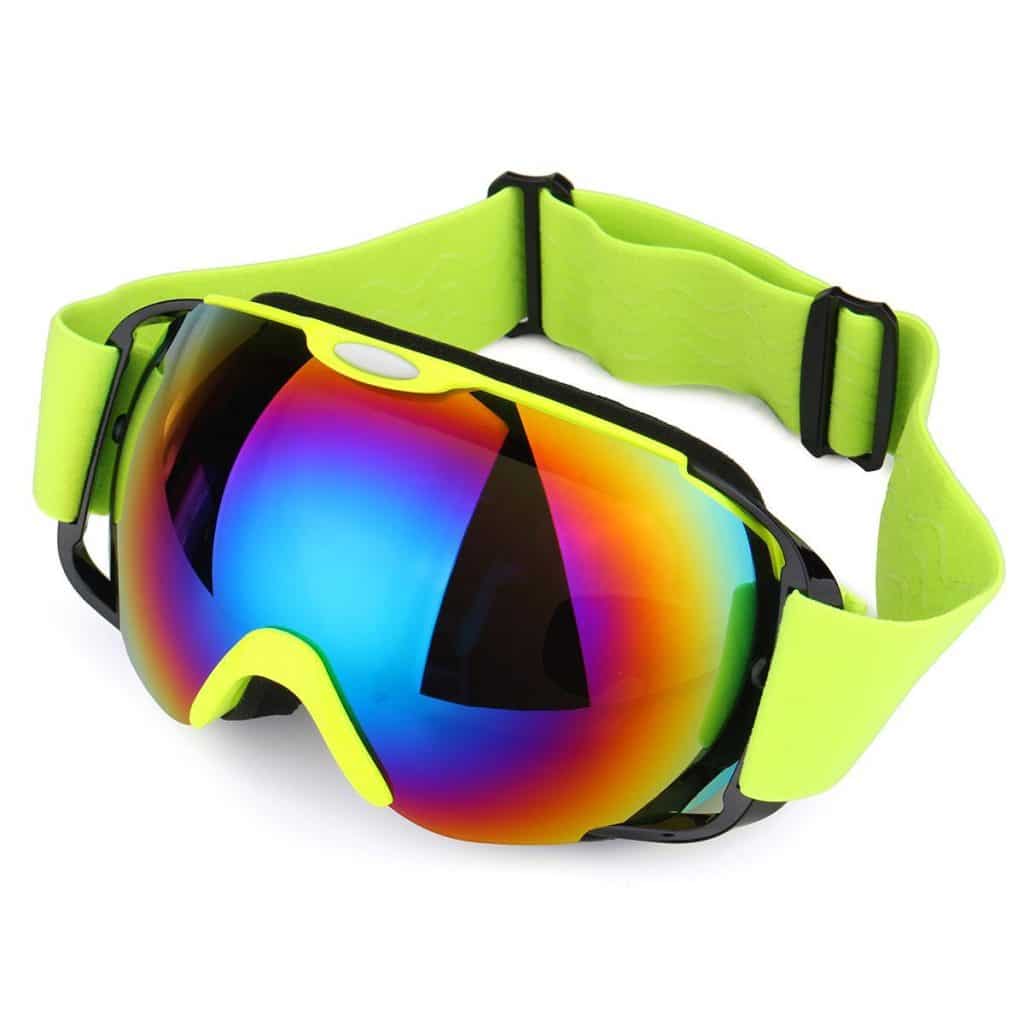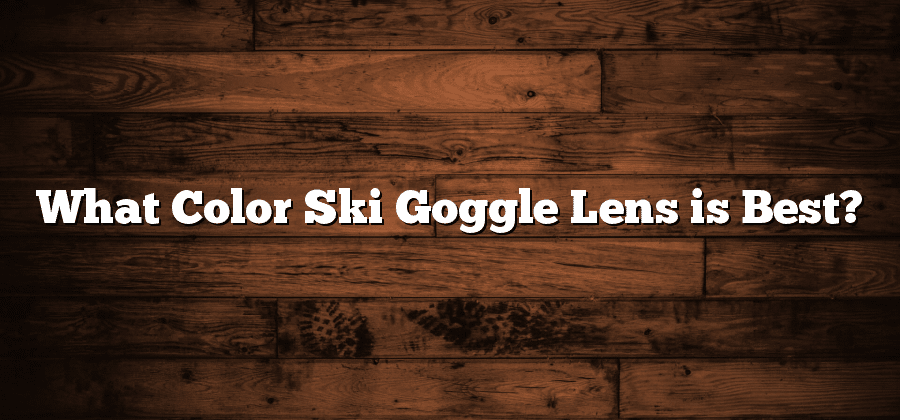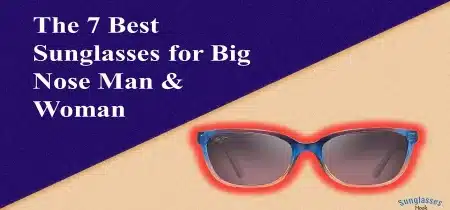Skiing is a thrilling winter sport that captivates the hearts of many adventure enthusiasts worldwide. However, even the most seasoned skiers know that equipment is just as important as skill. An essential piece of skiing gear is the ski goggle, specifically the lens. This post will delve into the significance of the lens color and guide you about what color ski goggle lens is best.
Importance of Ski Goggle Lens Color

Enhances Vision
Ski goggle lenses come in different colors to filter the sunlight and enhance the skier’s vision on the snow. Each color is optimized to perform best under specific light conditions, impacting the skier’s visibility and contrast perception.
Safety
By improving visibility and contrast, the correct lens color ensures better safety while skiing. It helps skiers see the terrain’s features, such as bumps and ice patches, reducing the risk of accidents.
Reduces Eye Fatigue
In bright conditions, your eyes are forced to squint and work harder, causing fatigue. The right lens color can decrease the amount of glare and sunlight entering your eyes, reducing strain and allowing you to ski for longer periods.
Understanding VLT
VLT, or Visible Light Transmission, is a crucial term to understand when choosing a ski goggle lens color. It is the percentage of light that a lens allows to pass through to your eyes. A high VLT (around 60-90%) means more light passes through, suitable for darker conditions. A low VLT (around 10-30%) lets less light in, beneficial for bright, sunny days.
Different Ski Goggle Lens Colors
Yellow/Orange/Gold
These colors are excellent for conditions with low to moderate light, such as overcast, snowy, or foggy days. They increase contrast, enabling skiers to identify bumps, ice, and other potential hazards more easily. The typical VLT for these colors is around 60-85%.
Rose/Vermilion
Rose and vermilion (a reddish hue) enhance depth perception and contrast in a variety of conditions. They provide good visibility in both sunny and cloudy situations, making them an ideal choice for skiers who want a versatile option. The VLT for these colors can vary significantly, typically between 25-60%.
Green
Green lenses are great for medium to bright light conditions. They enhance contrast while preserving color balance, offering a comfortable view in varied weather. Their VLT tends to fall between 15-35%, making them unsuitable for very low light conditions.
Blue/Purple
Blue and purple lenses perform well under sunny or slightly overcast conditions. They reduce glare from the sun and snow, enhancing depth perception. However, they might not offer enough contrast in low light conditions. The VLT for these colors ranges from 15-30%.
Black/Gray
Black and gray lenses are excellent for bright and sunny conditions. They reduce glare and eyestrain without distorting colors. They typically have a low VLT (10-20%), making them not the best choice for low-light or overcast days.
Clear
Clear lenses offer the highest VLT (80-100%), making them the best choice for night skiing or very low light conditions. They provide minimal color distortion but don’t offer as much protection against glare or high light conditions.
Mirrored vs. Non-Mirrored Lenses
Mirrored lenses have a reflective coating that decreases the amount of light passing through, making them suitable for sunny conditions. Non-mirrored lenses, on the other hand, let in more light, making them better for low-light situations.
Photochromic Lenses
Photochromic lenses automatically adjust their tint based on light conditions. They darken in bright sunlight and lighten in low light, providing versatility for skiers who encounter varying conditions.
Conclusion
The best color for a ski goggle lens largely depends on the light conditions you’ll be skiing in most frequently. However, if you’re looking for versatility, consider lenses that are photochromic or come in rose or vermilion. Always remember that the right lens color can significantly enhance your skiing experience, ensuring both enjoyment and safety on the slopes. With the information provided in this guide, you’re now equipped to make an informed choice on the best ski goggle lens color for you. Happy skiing!



Recent Comments